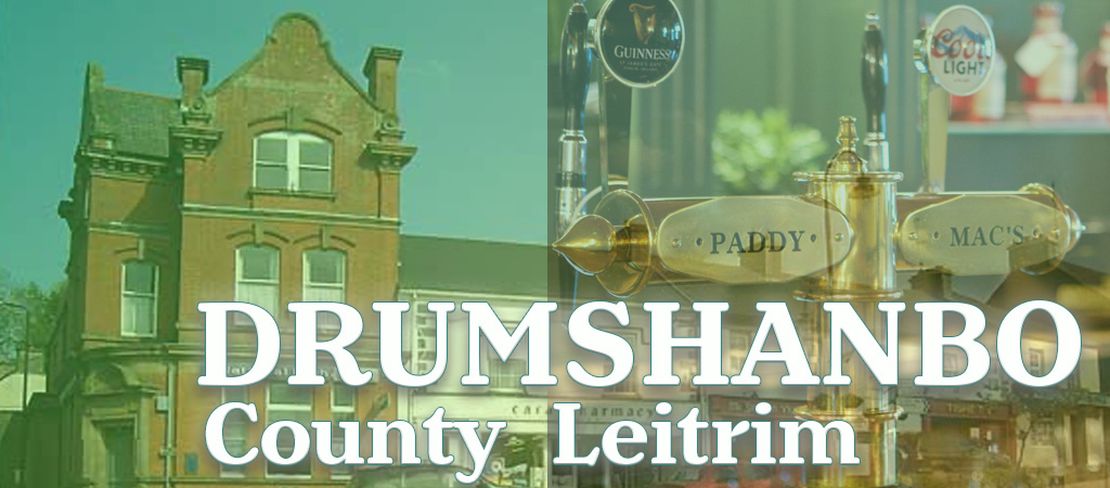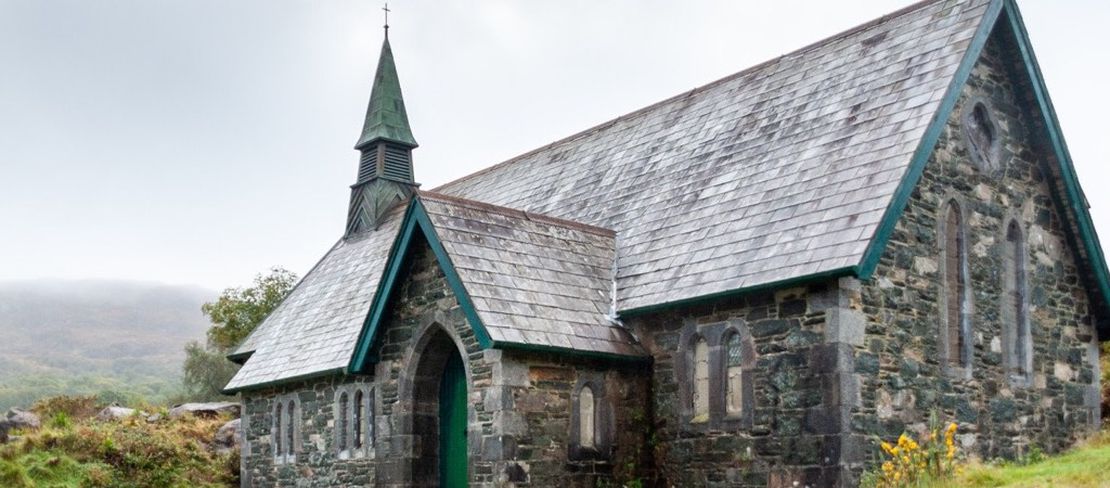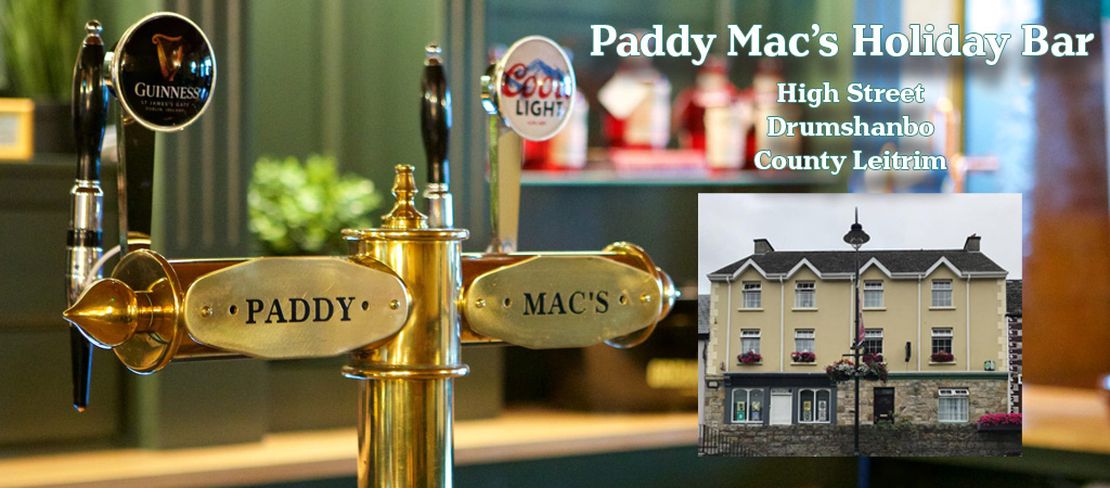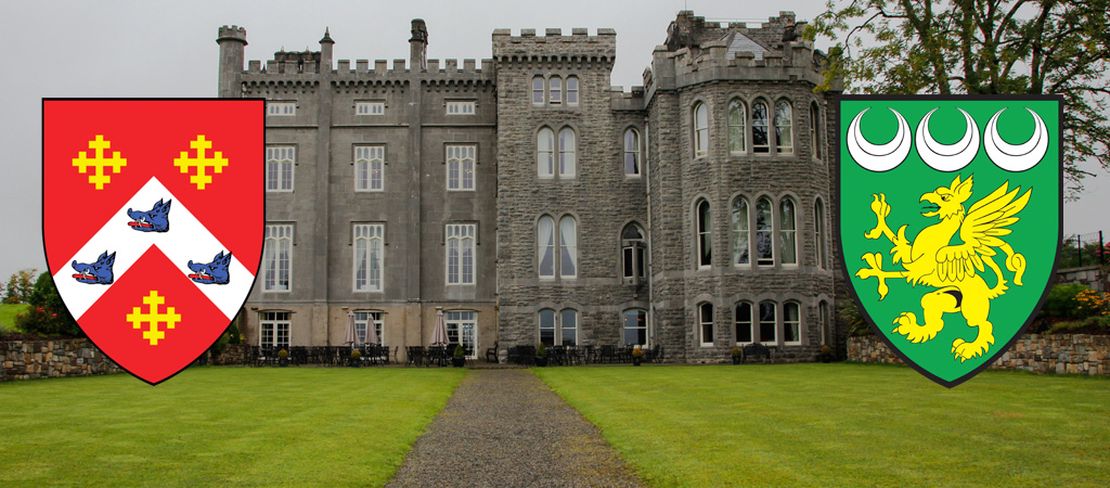
Two McManus Septs
- Kevin McManus
- Research
- November 26, 2023
Table of Contents
There are two principal septs of the name in Ireland:
View the LIVE - Updated McManus Surname Distribution Map
Maghnus
One descends from Maghnus (d. 1181), son of Turlough Mór O’Conor, High King of Ireland (1119–1156 this branch belonged to Kilronan in the county of Roscommon in the province of Connacht.
Maguires
The second sept was a branch of the Maguires, who descend from Magnus, son of Donn Maguire (Donn Mag Uidhir), Chief of the Kingdom of Fermanagh (d. 1302). This family lived on the shores of Lough Erne, in what is now County Fermanagh.
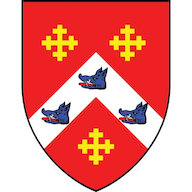
It is a popularly held belief that there are two distinct McManus families - both Irish, one emanating from the Maguires in Fermanagh and the other from the O’Conors of Roscommon. This fact and other facts relating to the antiquity of these families is clearly proved again and again in the text of ‘The Annals of the Four Masters’, held in Dublin Castle, and which is full of entries relating to the McManuses.
Maghnus Maguire
The MacManus Family of Fermanagh descended from Maghnus Maguire; the name McManus began to be used in the 1300’s (1358, when Manus Maguire died).
Seanadh Mhic Mhaghnusa
The Fermanagh Family’s seat of power is identified as Seanadh Mhic Mhaghnusa, or Baile-Mhic-Mhaghnusa, in Lough Erne.
Ballymacmanus
This was the ancient name of an island situated in the upper Lough Erne between the baronies of Magherastephana and Clanawley. It is referred to as Ballymacmanus Island in various deeds and leases and by the natives of Clanawley who were, in the 1870’s, known to speak the Irish Language.
Belle Isle Island
The island received the fancy name ‘Belle Isle’ from its beauty.
Southeran (1871:85) vividly summaries the confiscation of these estates as follows:
Nearly all the magnificent possessions of the MacManuses and Maguires were, it is well known most shamefully confiscated by the English government; as to their rightful proprietors, they, their numerous dependents and other native Irish inhabitants, were, as I have before stated, mercilessly driven out to beggary and starvation.
But as Phillip McManus of the McManus Clan Association points out:
Not all McManuses were made beggarly by the dispossession of Ballymacmanus. We kept the fisheries, the property on Knockninny, etc.
My branch, which went to Co Antrim, played the game and stayed in pretty good favor while remaining Catholic - don’t ask me how they escaped notice, it is just that the records support land holdings that had a lot of value. Maybe it was the alignment and support of O’Neill Clandeboye during the turbulent times.
Tir-Tuathail
The Roscommon family were seated in the territory known as Tir-Tuathail which forms the north-eastern portion of the Barony of Boyle in North Roscommon. In contemporary times this area is identifiable with the Parish of Kilronan.
Maghnus Miogharan
These McManuses were descended from Maghnus Miogharan, died 1181, the ninth son of Turlough More O’Conor, monarch of all Ireland (The Book of Lecan: fol. 72, b, col.4).
Tir-Tuathail-Maoilgairbh
Tir-Tuathail gets its name from Tir-Tuathail-Maoilgairbh, i.e. ’the country of Tuathal Maelgarbh’ who was monarch of Ireland from the year 533 to 544 (O’Faherty’s Ogygia part 3 c93).
MacDermot of Moylurg
This territory was later subordinate to MacDermot of Moylurg. The pedigree of the McManuses of Tir-Tuathail has not been preserved beyond the eighteenth century (Southeran, 1871:73) and after their decay the land fell into the possession of MacDermot Roe who held it under MacDermot of Moylurg.
DNA Proof
Just how genealogically diverse, or otherwise, the name McManus may turn out to be, however, is likely to be established through DNA profiling. It will be interesting to see how the modern story unfolds.
